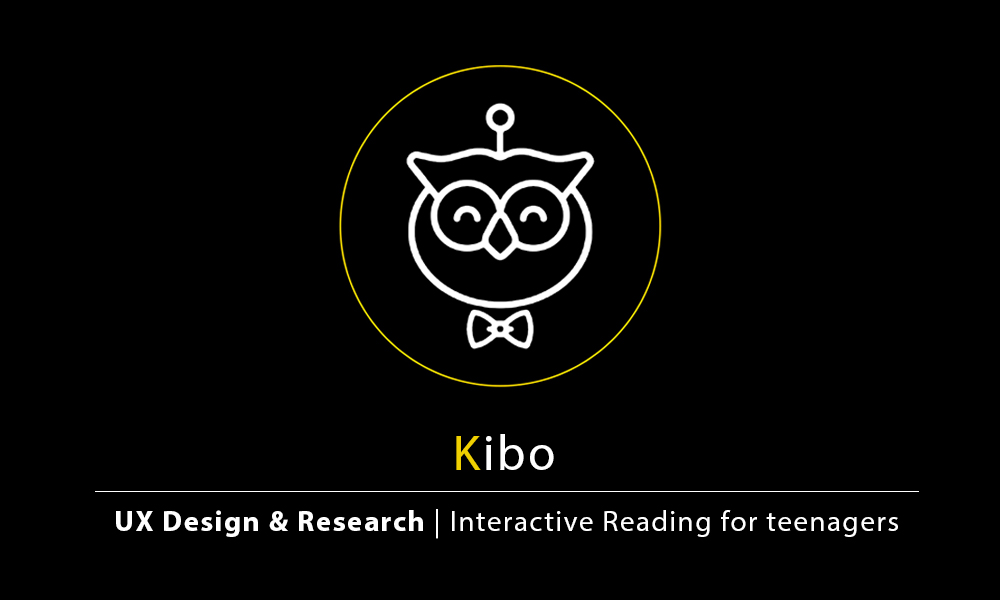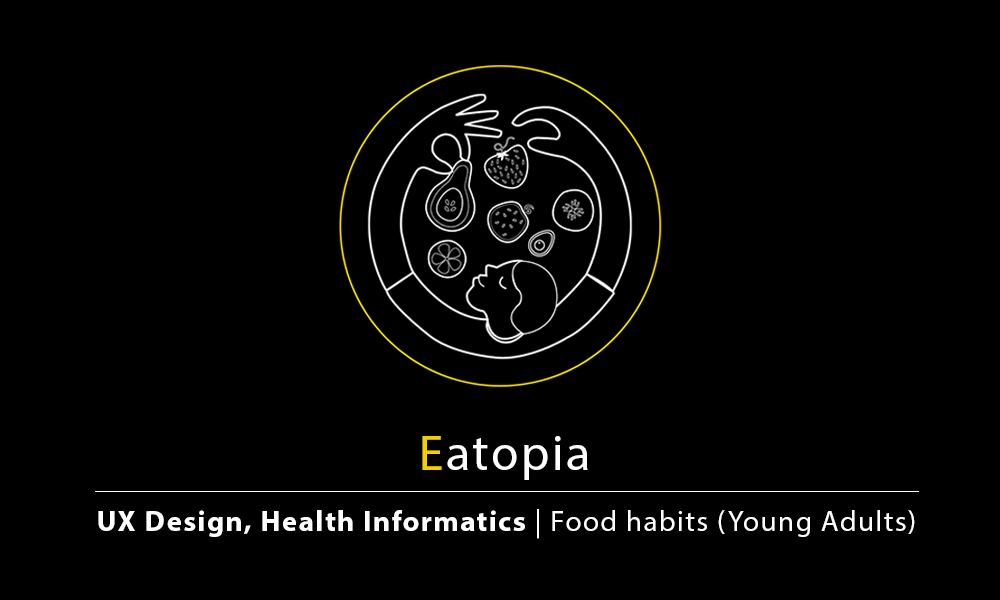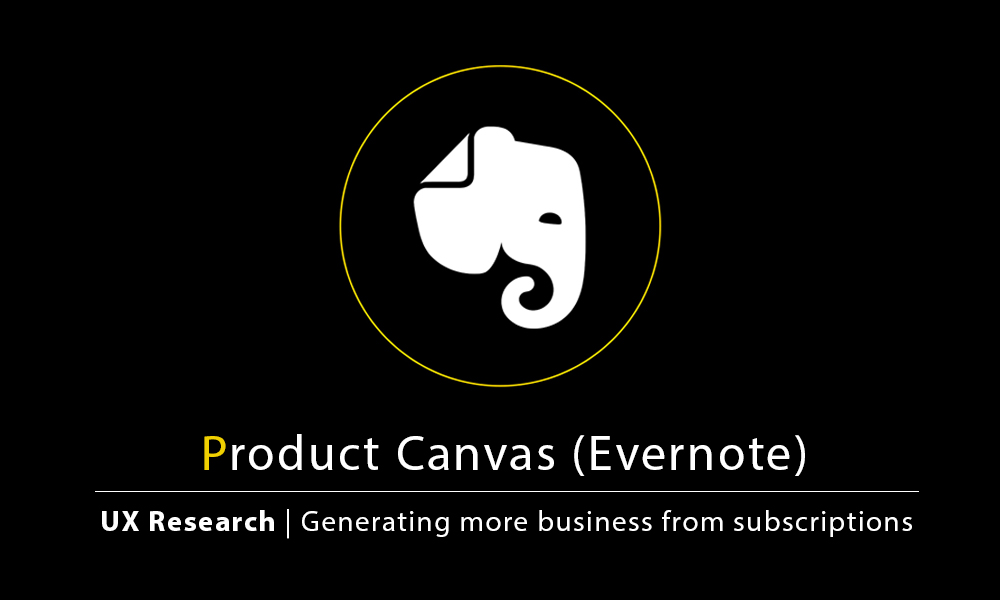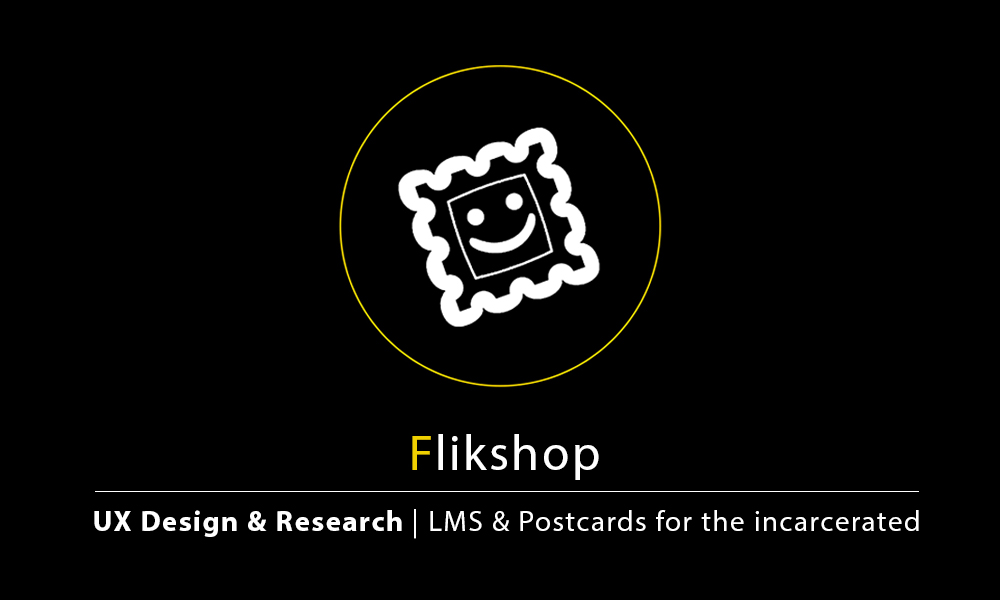Introduction
While the majority of teenagers read fictional literature, non-fiction literature is often ignored. Kibo is a chatbot that ingests books and turns them into the most engaging format of consumption of written material in our times – a conversation on a social media chat window. Book reading is transformed into engaging and interactive two way conversations that happen between the reader and the Kibo-bot.
Understanding & Research
Book reading is declining at an alarming rate among children and young adults, primarily due to lack of sustained engagement between a book and the reader. The challenge is to use technology to create this engagement, and promote book reading in children and young adults.
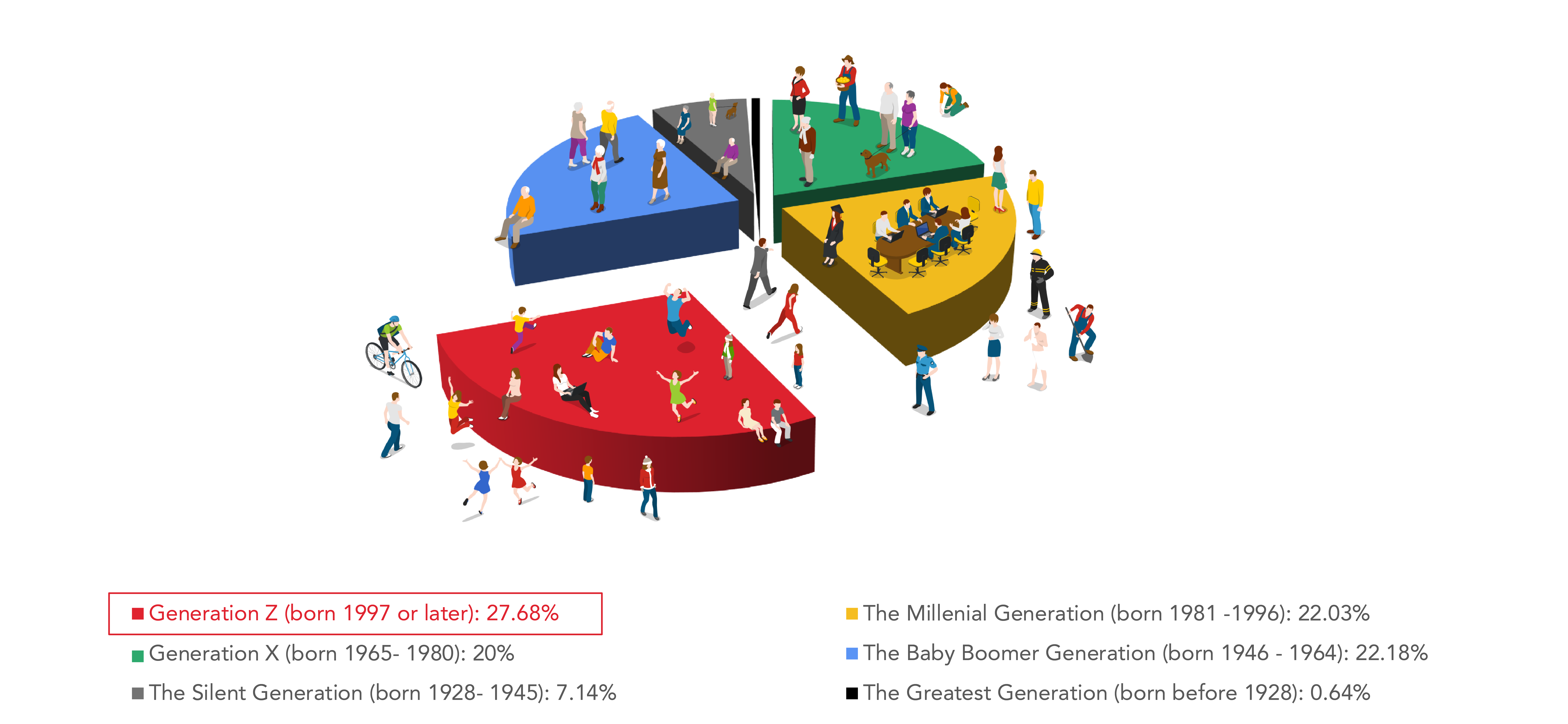
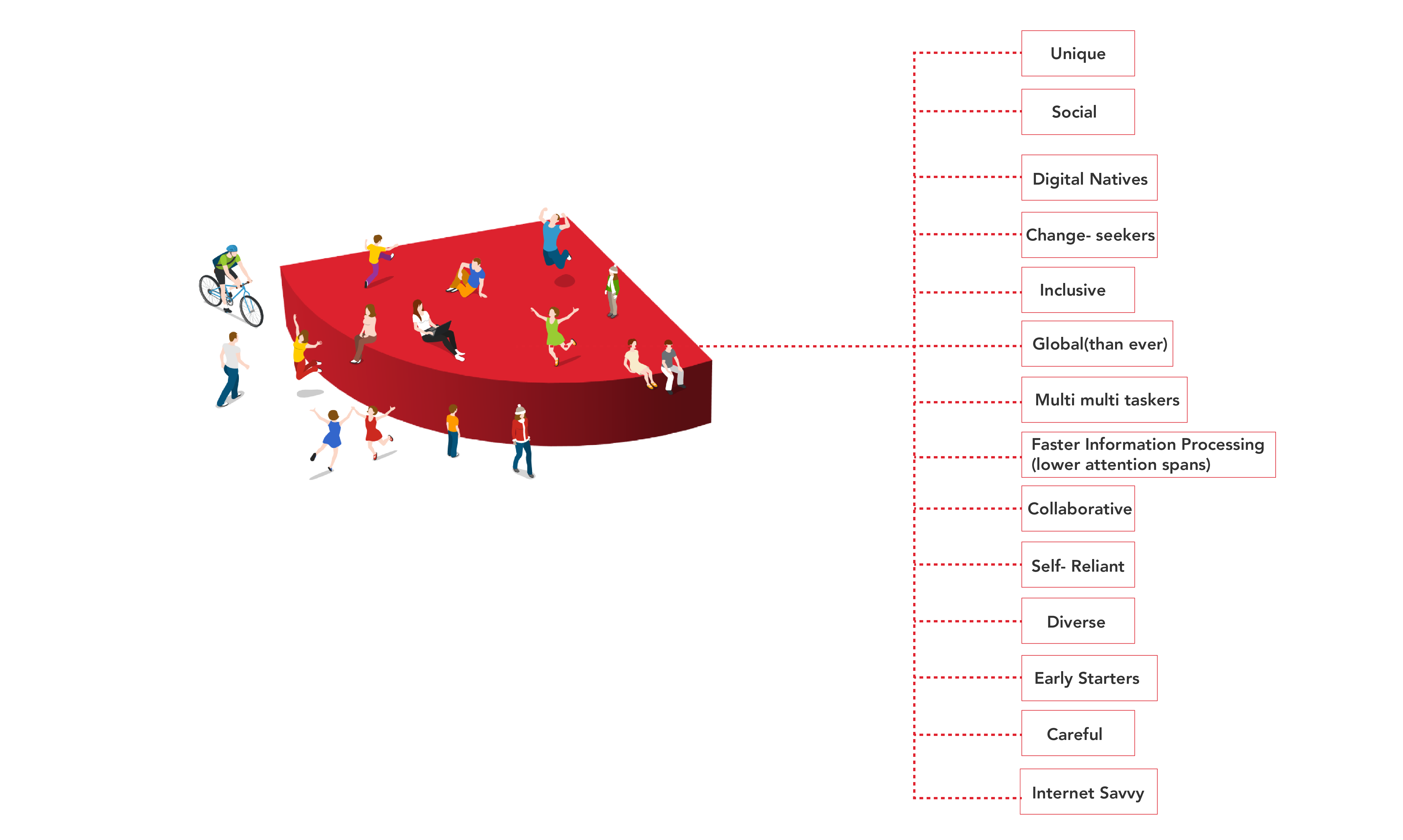
Although anyone can make use of Kibo to ingest books in a simplified and in a conversational format, the primary target audience are children below 17 years of age. This is because children in this age group have the fastest growth in neural paths and have the most brain plasticity. Reading is an inherent part which plays a key role in developing a child’s thought-flow, social skills, necessary cognitive skills and prepares them with vital problem solving skills for all aspects of their personal and professional life.
To further understand the reasons and the habits that keep people from reading at different age groups, we conducted surveys and interviews and clustered the information below.
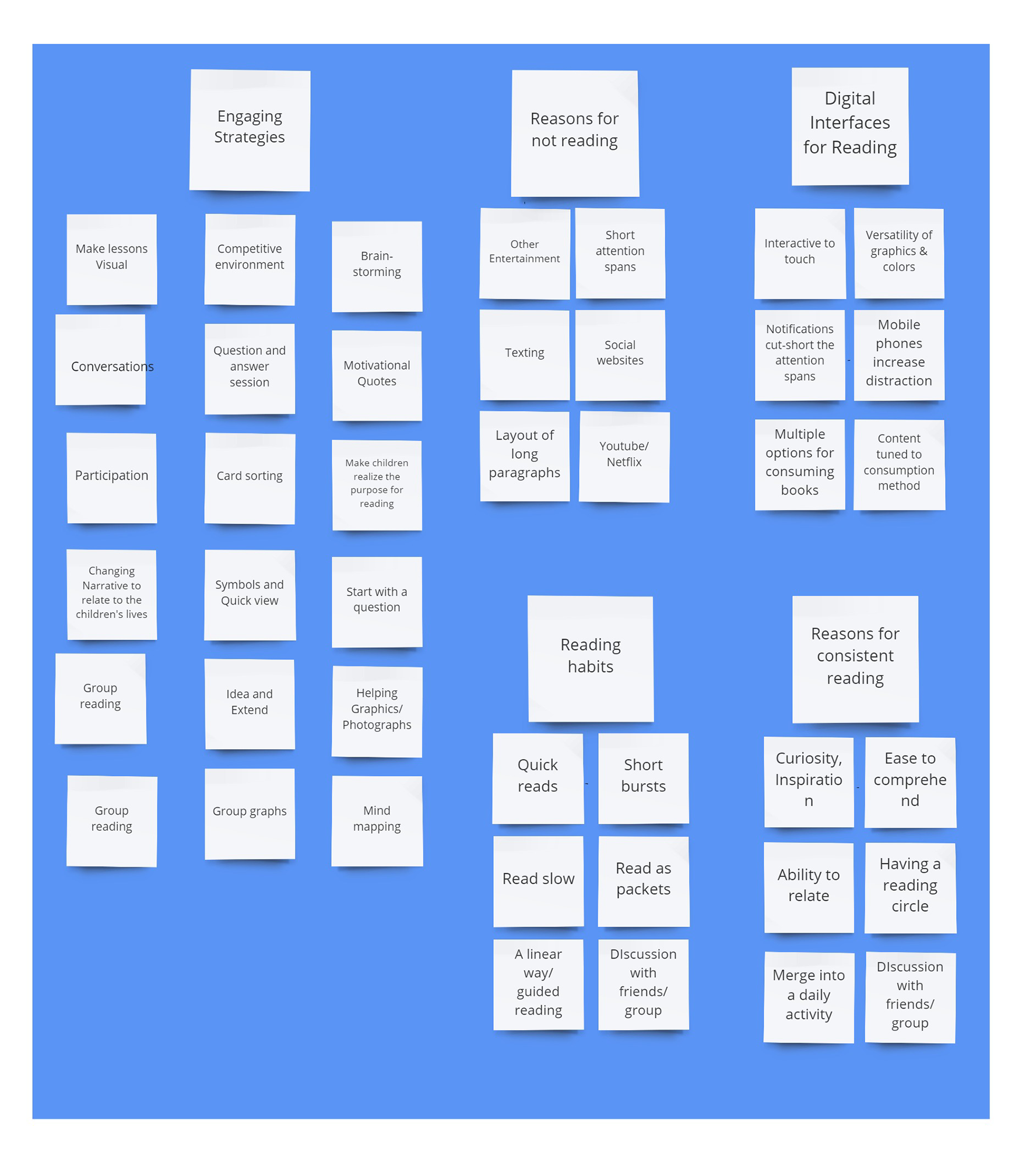
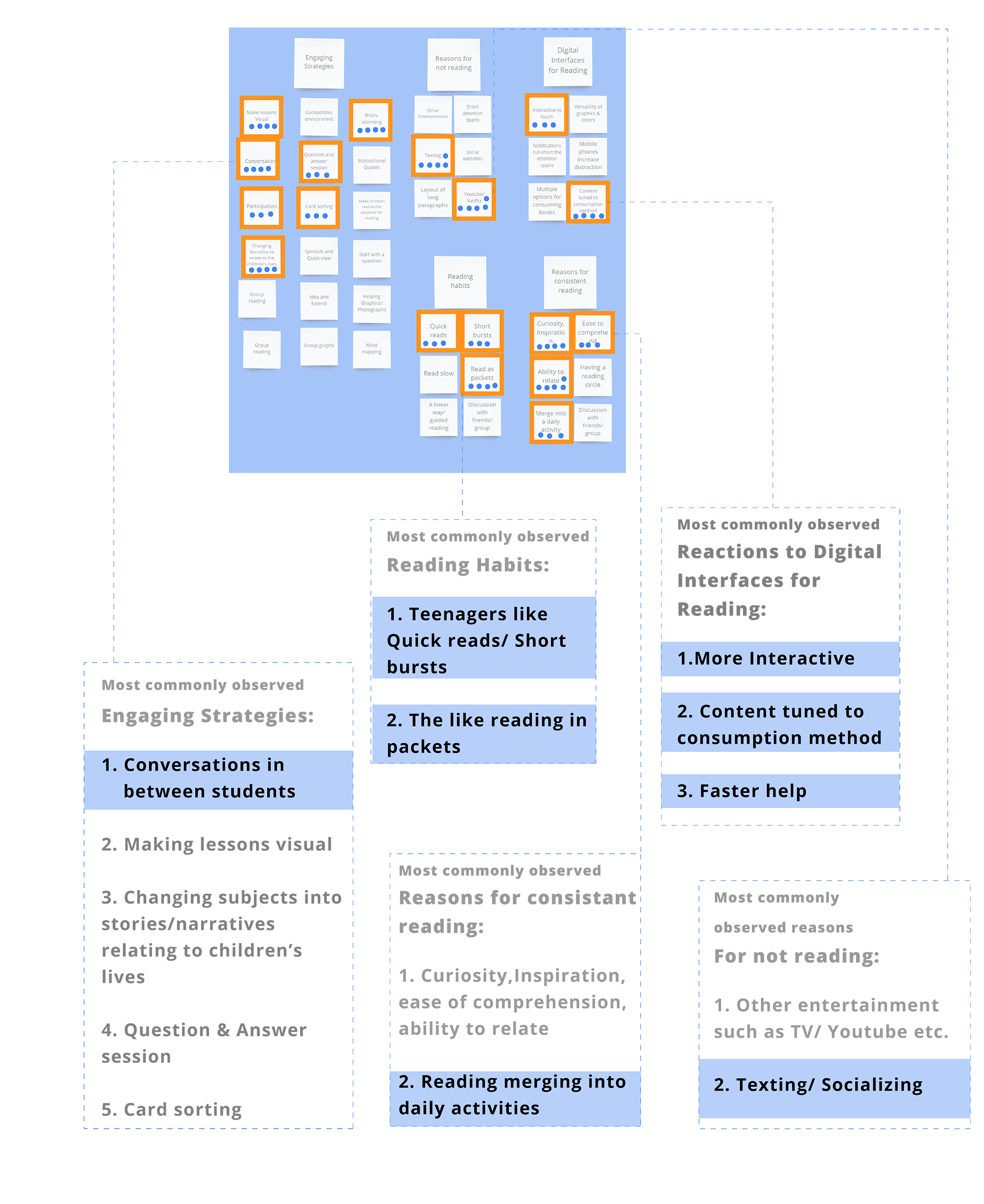
Design
Children below the age of 17 have numerous phases between them, and it is a challenge to be able to design in a way that is most suitable for them. Designing for children differs from designing for adults as it is not merely about the ease of usage or the convenience as much as it is about the experience and the engagement in use.


A product that is intended to be used regularly needs to take into account the habits and lifestyles of the users. For Kibo, we knew that the way to make it usable was to fit it into the users’ lifestyles. For this reason, we designed this ‘Fit’ taking into account other daily habits of the users.

Kibo’s approach to helping children learn and engage with books is fundamentally different from a traditional book, or even a video because the book/videos have a linear narrative that the user cannot interact with. Kibo’s narrative of a book is flexible, and this inclusion of the user/reader into the narration of the book is what separates it from other approaches – opening an entirely new world of interactive narratives and reading of books.
To further design for habits and lifestyle, we mapped a reader’s experience of reading while keeping in mind their engagement levels and distractions so that we could address these factors in our design.

To further design for habits and lifestyle, we mapped a reader’s experience of reading while keeping in mind their engagement levels and distractions so that we could address these factors in our design.
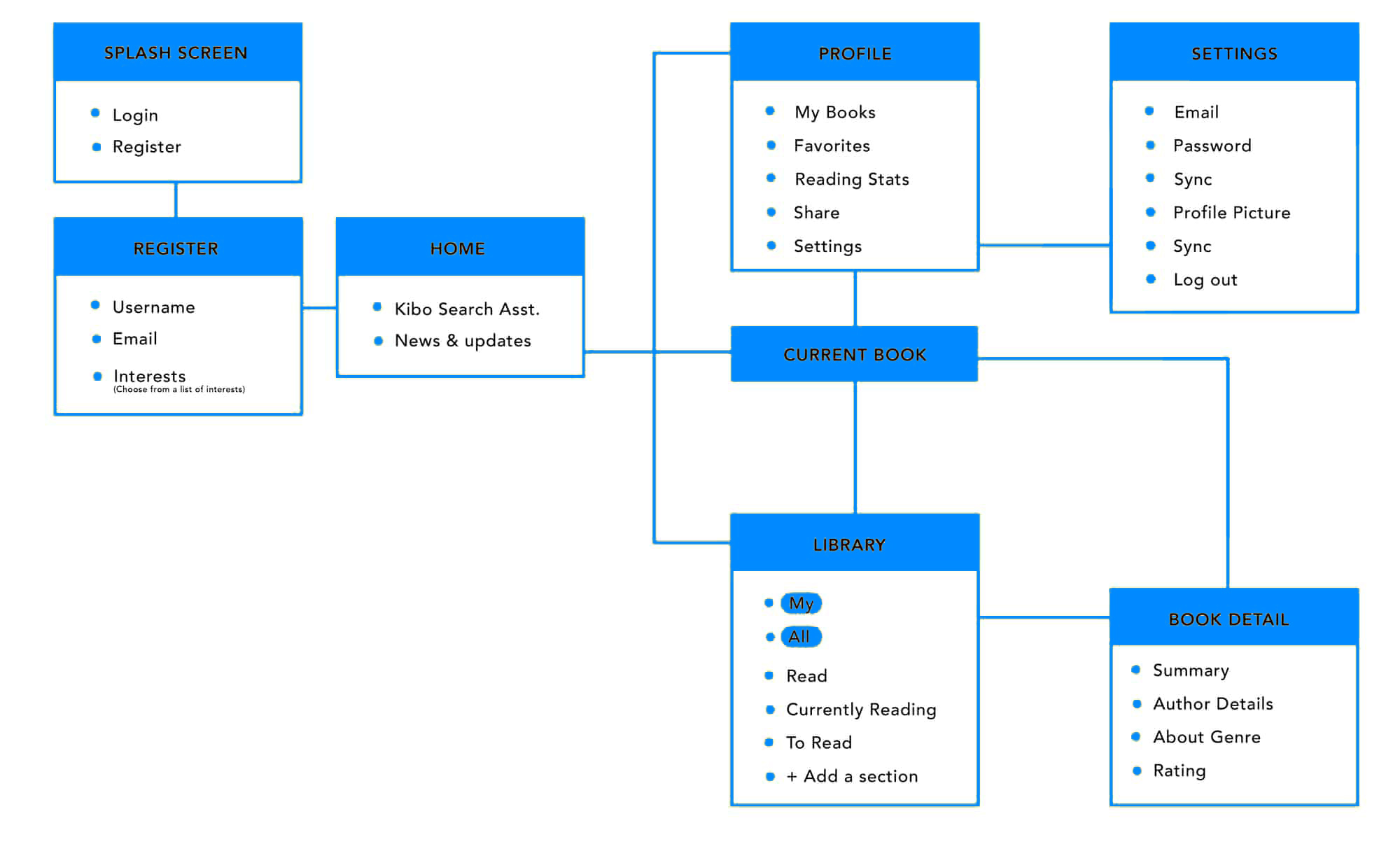
Solution
The final solution of Kibo was an app that had a beautifully designed UI that users could wade through to sign up, curate their own version of library books and when they get to the reading screen, they could chat with the Kibo-bot on the book that they were reading. The reading experience was turned into a chat that was also multi-sensory – users could choose to ask questions, look up a word or an idea on the internet and even look at related pictures and videos.
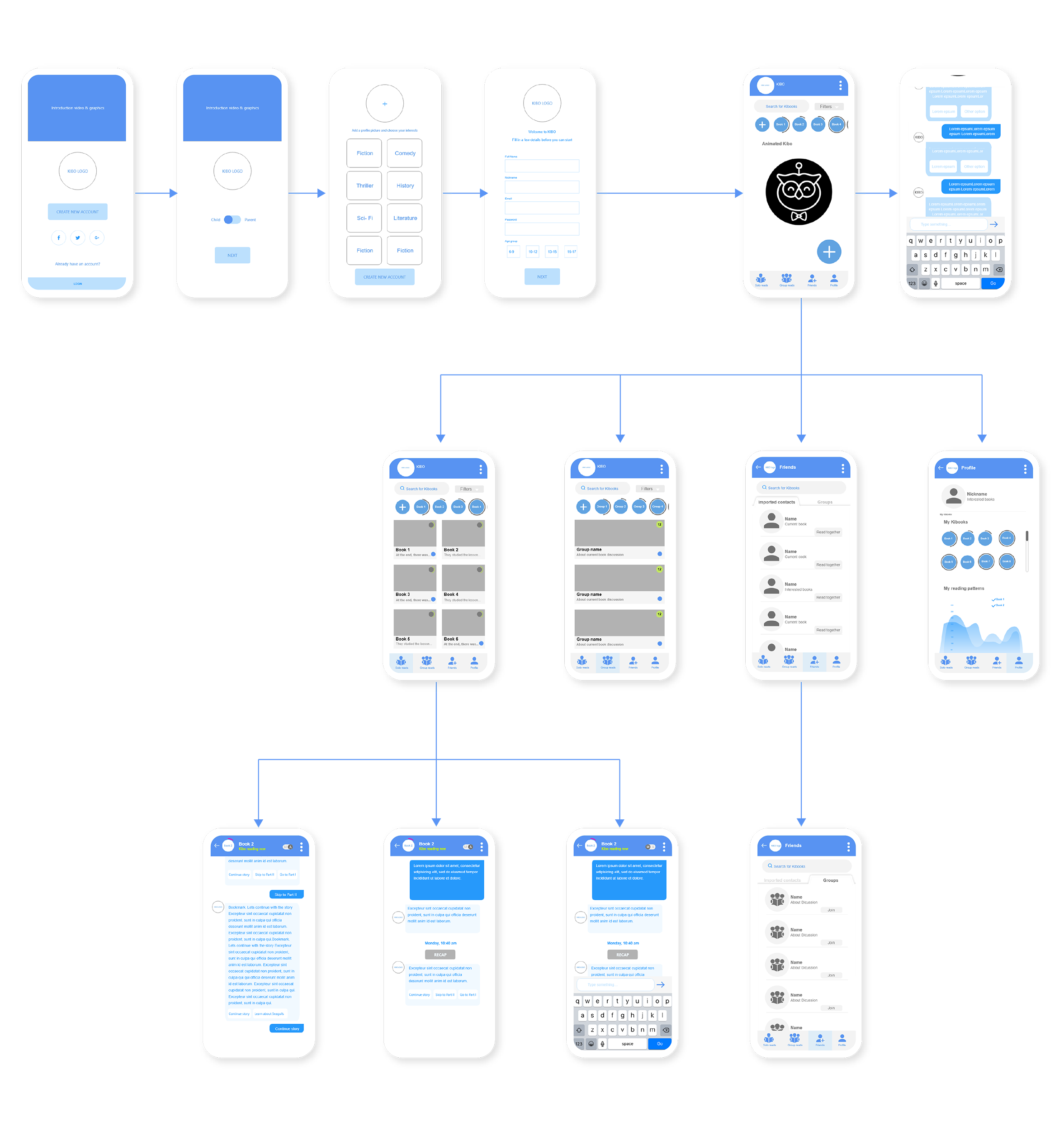
Since VR requires real time tracking of the whole body, there is extensive scope for data collection and measurement of the experience through it. For this project, we decided to use data on body movement, physiological functions, verbal and other behavioral factors as well. Pairing body language with psychological responses can give insights into behavior of users, and physiological data combined with experience timeline can provide developers data about which aspect of the VR experience to focus, change, and improve.


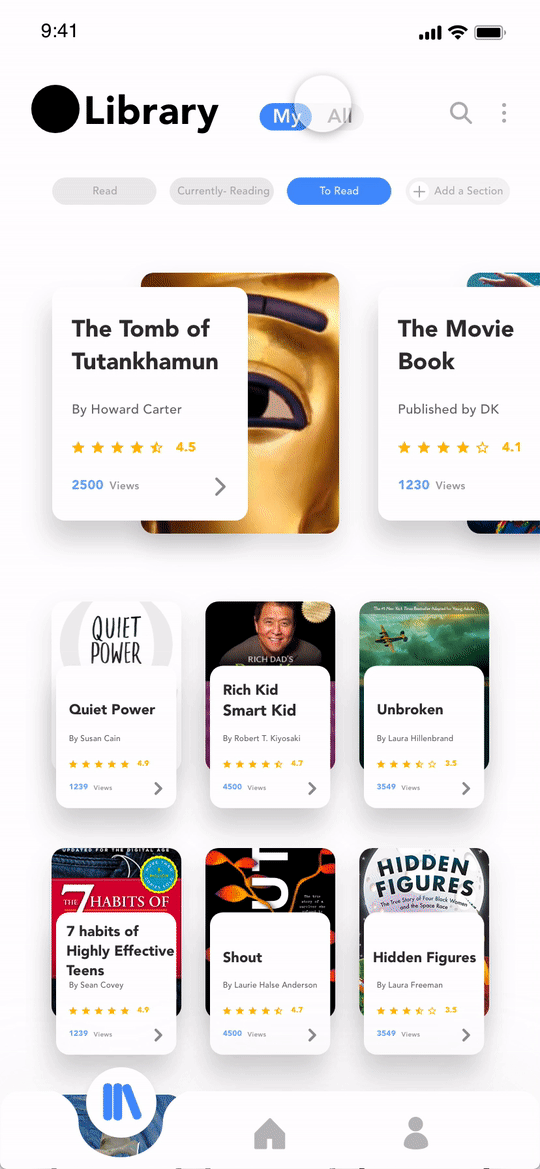
Conclusion
With the internet, we now have free access to information, the next step would be to have an organized and interactive access to the same. We see Kibo as playing a vital role in this regard. Moreover, two-way interaction through bots can also provide us with significant data and insights into the learning process of children, making it possible to improve it vastly. Integrations with Home based assistants such as Alexa would also be possible, giving the experience of listening to a story in the same interactive way.
The biggest challenge in developing Kibo is to understand how to dissect the structure of a linear book and re-organize it into a flexible narrative with loops, examples, conversations, questions, and comments. Further challenges include the feedback system for engagement, and calibrating this to a specific target audience.
More Projects
UX/UI• RESEARCH • DESIGN
That’s it for now
As a life-long student of design, I’m continuously improving my work. Please look forward to more updates.
I am currently looking for Job Opportunities as a UX Designer, and it would be my pleasure to get in touch with you if you have any opportunities or suggestions for me. Also, if you’re looking for a designer to bounce ideas off of or an enthusiast to go hiking/climbing with, get in touch at mullapudisashank@gmail.com! :)


